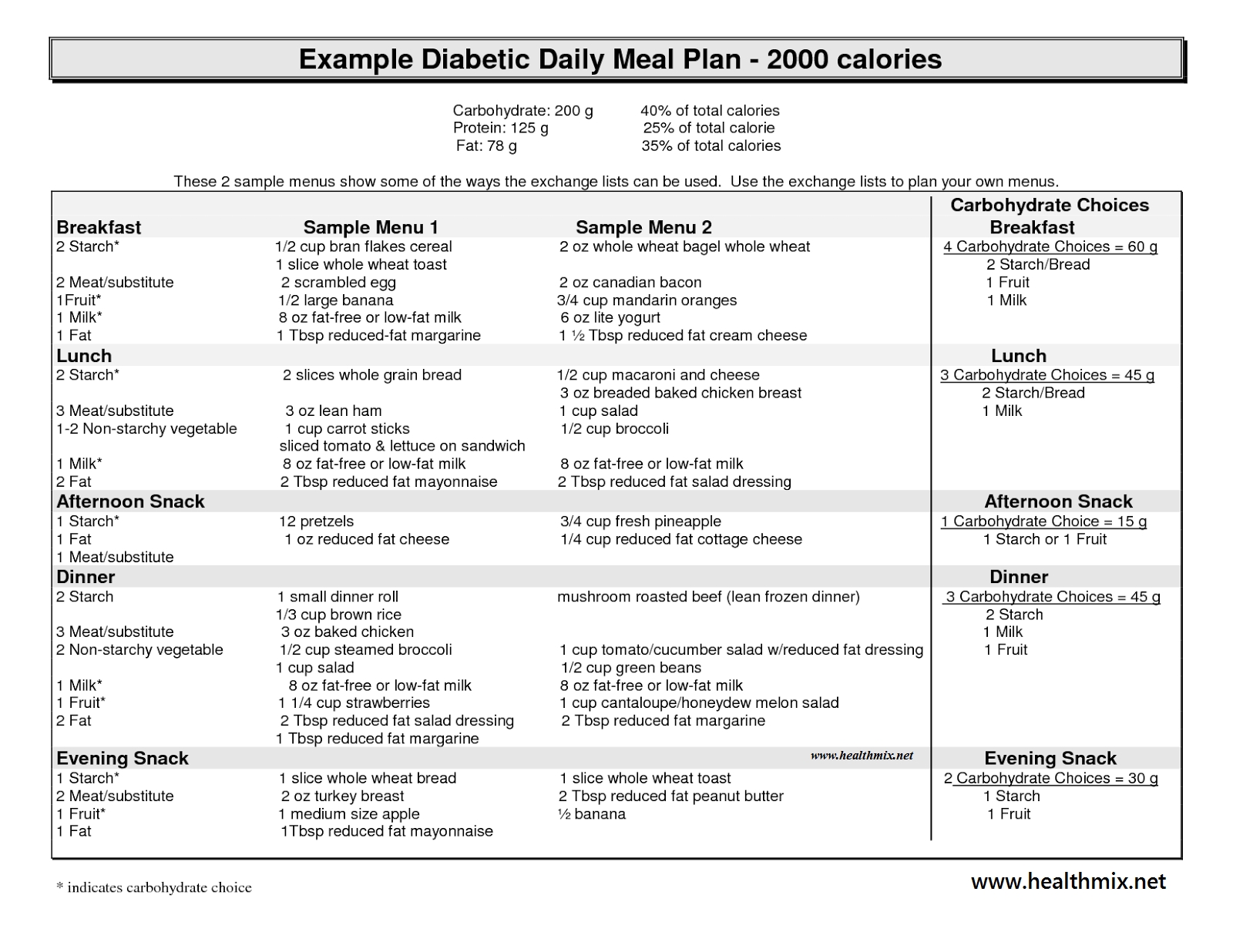Diet For Gestational Diabetes Meal Plan
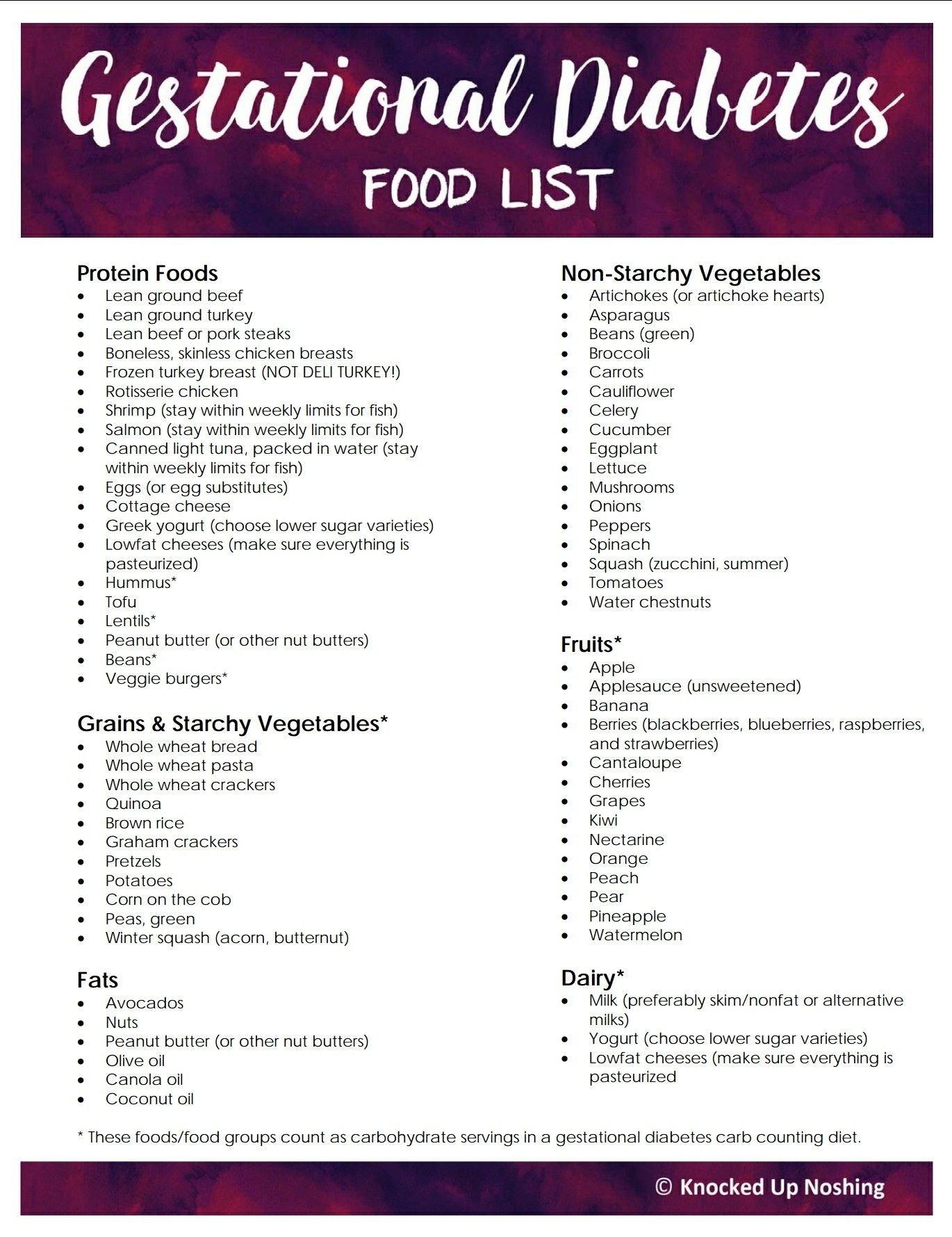
Gestational Diabetes Meal Plan: Eating Right For a Healthy Pregnancy
Gestational diabetes is a condition that affects many pregnant women. It occurs when the body can't properly process the sugar in the blood. When this happens, the body needs to produce more insulin to help convert the sugar into energy. Unfortunately, this can lead to high sugar levels in the blood which can cause a number of health problems for mother and baby. Fortunately, there are steps you can take to manage gestational diabetes. One of the most important is following a gestational diabetes meal plan.
What is a Gestational Diabetes Meal Plan?
A gestational diabetes meal plan is a carefully planned out diet that pregnant women with gestational diabetes should follow. This plan helps to ensure that your blood sugar levels are well-controlled throughout your pregnancy. The plan takes into account the amount of carbohydrates, proteins, and fats in the food you eat. It also helps you to spread out your carbohydrate intake throughout the day so that your blood sugar levels remain stable.
How to Create a Gestational Diabetes Meal Plan
Creating a gestational diabetes meal plan is not difficult and can be done with the help of your doctor or a nutritionist. The basic principles of a gestational diabetes meal plan are to eat a balanced diet with an emphasis on healthy carbohydrates, proteins, and fats. You should also be mindful of the portion size of your meals and snacks. It is important to spread out your carbohydrate intake throughout the day so that your blood sugar levels remain stable. Here are some tips to help you create a gestational diabetes meal plan:
1. Choose Healthy Carbohydrates
Carbohydrates are an important part of a gestational diabetes meal plan. Choose healthy carbohydrates such as whole grains, fruits, vegetables, and legumes. These carbohydrates are high in fiber, which helps to slow the release of sugar into your bloodstream. Eating healthy carbohydrates can also help to keep you feeling full and satisfied throughout the day.
2. Include Protein With Each Meal
Protein helps to slow the release of sugar into your bloodstream and can help to keep you feeling full and satisfied. Include lean protein sources such as chicken, fish, eggs, and tofu with each meal. You should also include healthy fats such as olive oil, nuts, and avocados. These fats can help to keep your blood sugar levels stable.
3. Eat Small, Frequent Meals and Snacks
Eating small, frequent meals and snacks throughout the day can help to keep your blood sugar levels stable. Aim to eat every 2-3 hours. Include healthy carbohydrates, proteins, and fats in your meals and snacks. This can help to keep you feeling full and satisfied throughout the day.
Conclusion
Gestational diabetes is a condition that affects many pregnant women. While it can be a challenge to manage, following a gestational diabetes meal plan can help to keep your blood sugar levels stable. A gestational diabetes meal plan should include healthy carbohydrates, proteins, and fats. It is also important to spread out your carbohydrate intake throughout the day and to eat small, frequent meals and snacks. Following a gestational diabetes meal plan can help to ensure a healthy pregnancy for both you and your baby.
Diabetes Pregnancy Diet Meal Plan

10 Lovely Gestational Diabetes Diet Menu Ideas 2022
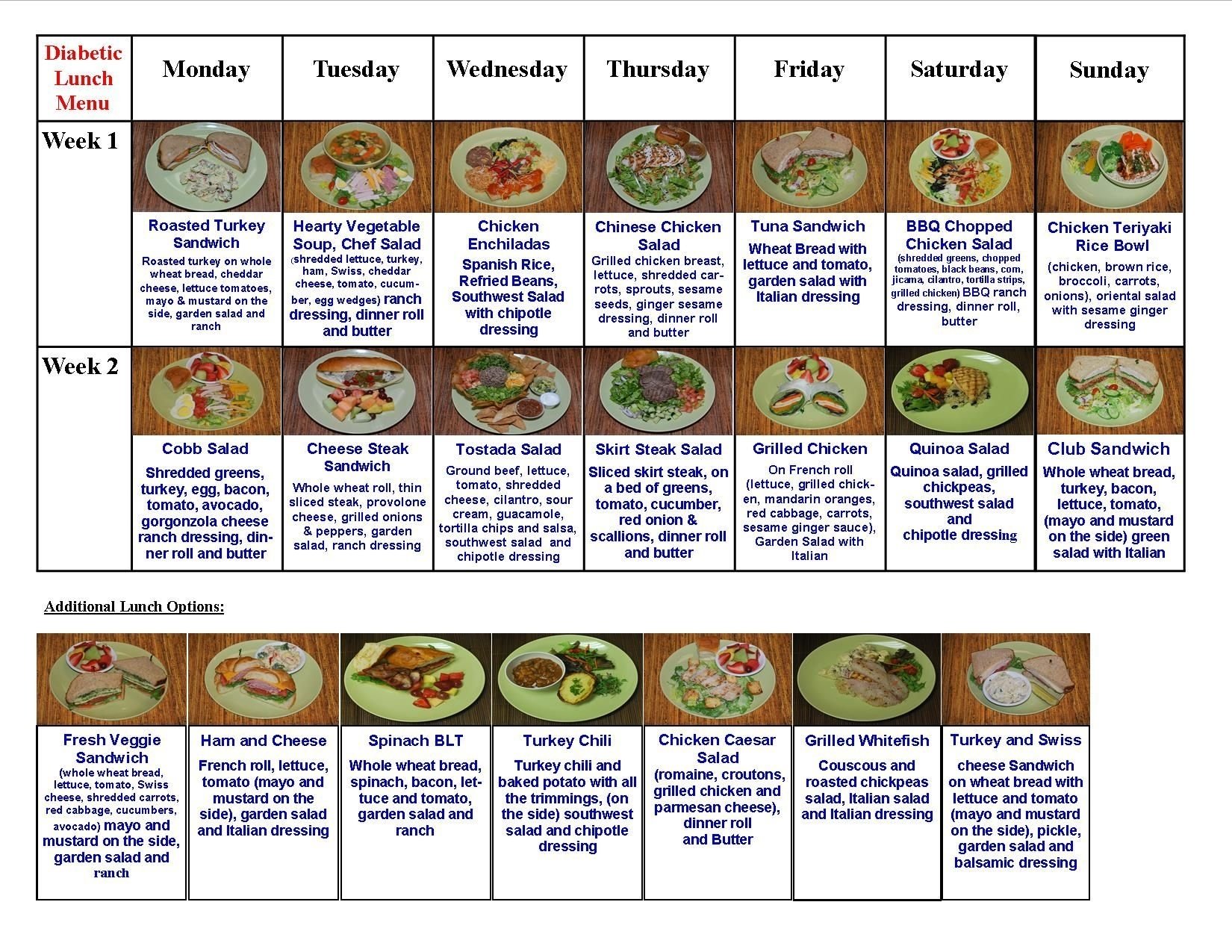
10 Awesome Gestational Diabetes Meal Plan Ideas 2022
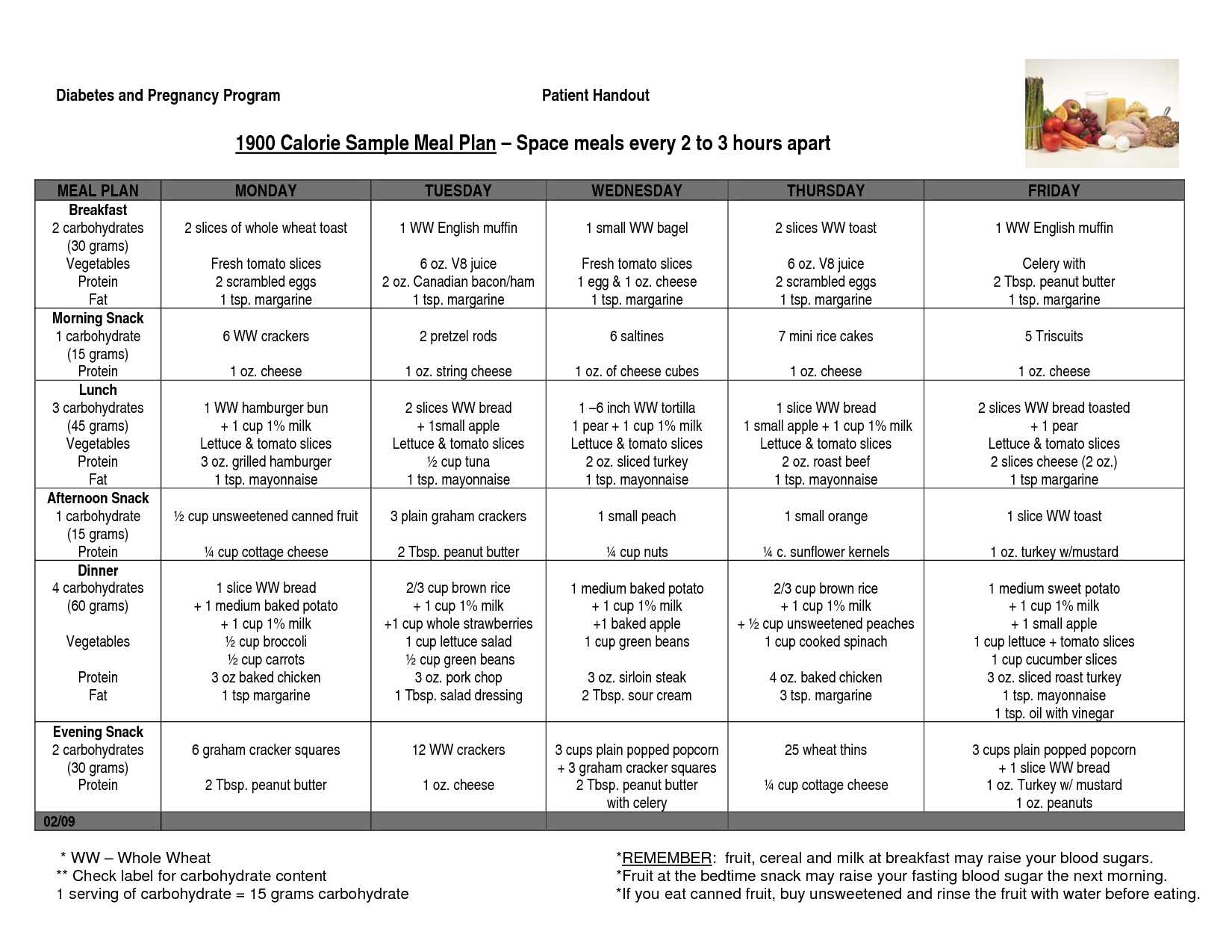
Diabetes Pregnancy Diet Meal Plan

Meal Plan Template - 22+ Free Word, PDF, PSD, Vector Format Download
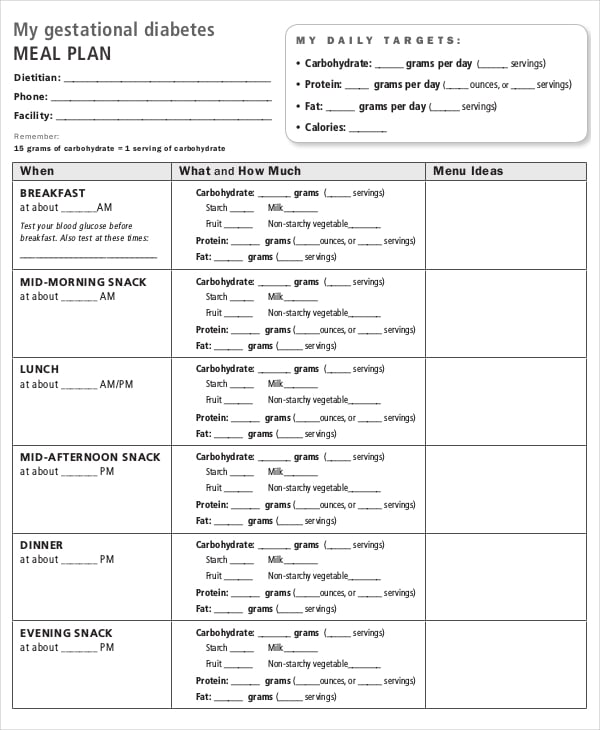
diabetes diet plan indian the guide ways - gestational diabete sample

Creating a Healthy Gestational Diabetes Meal Plan: 5 Ideas to Simplify

FREE Gestational Diabetes Meal Plan with Recipes - The Gestational Diabetic

10 Awesome Gestational Diabetes Meal Plan Ideas 2022
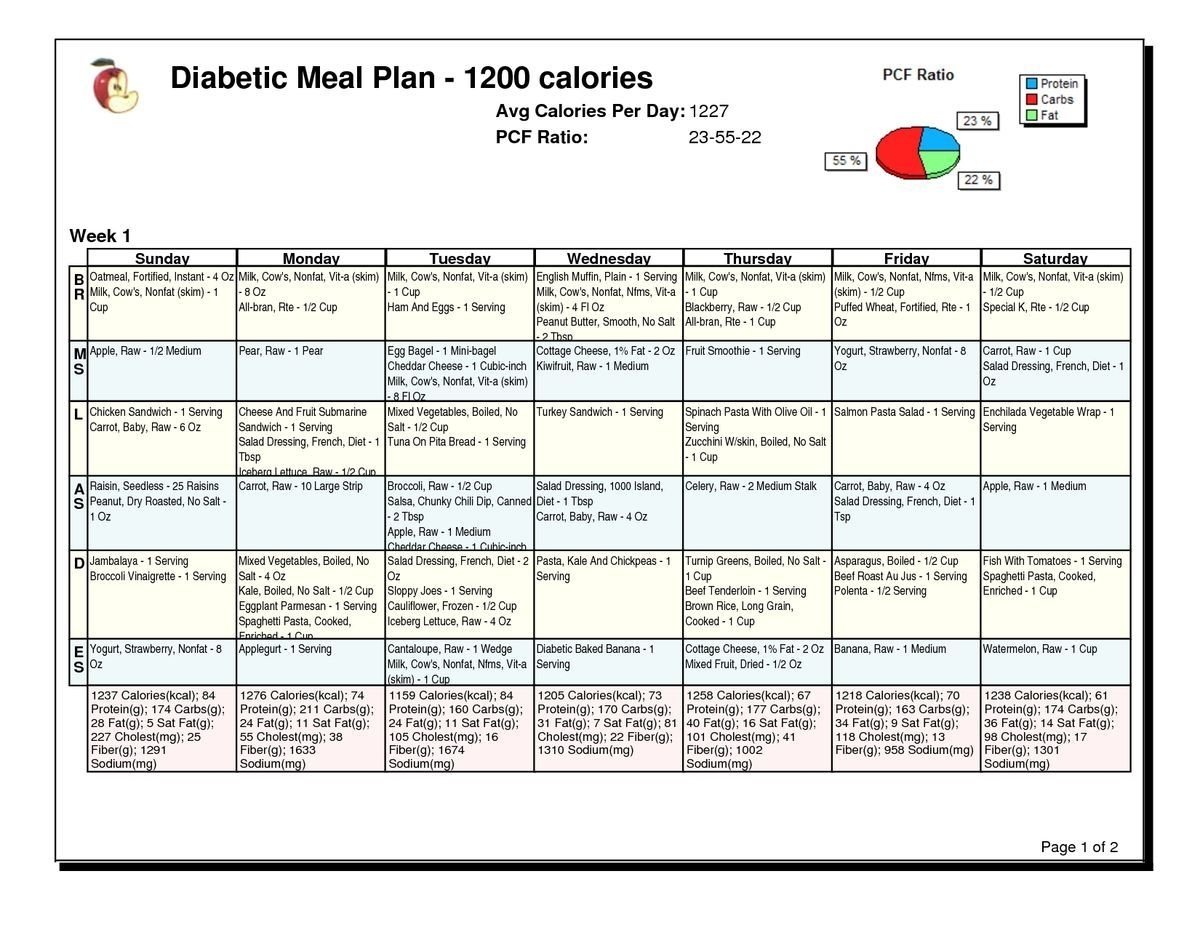
10 Lovely Gestational Diabetes Diet Menu Ideas 2022
